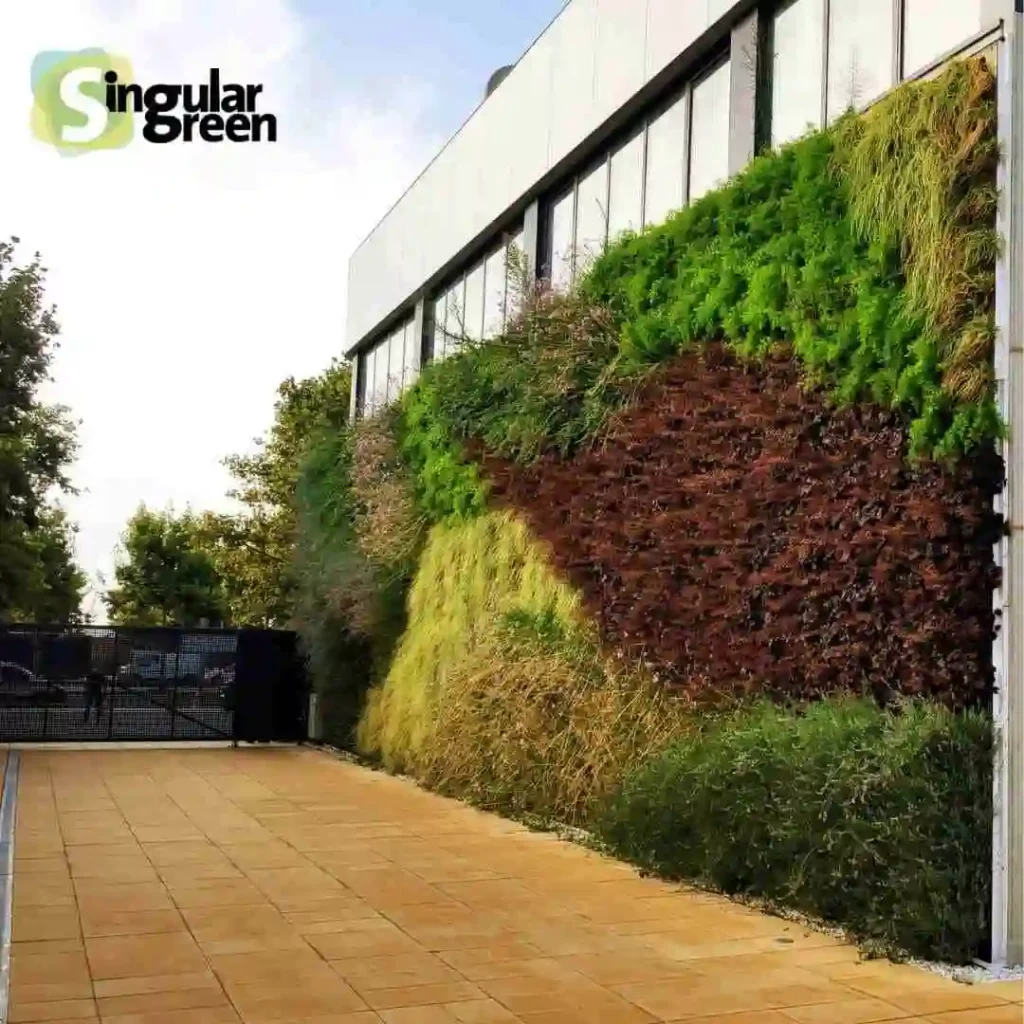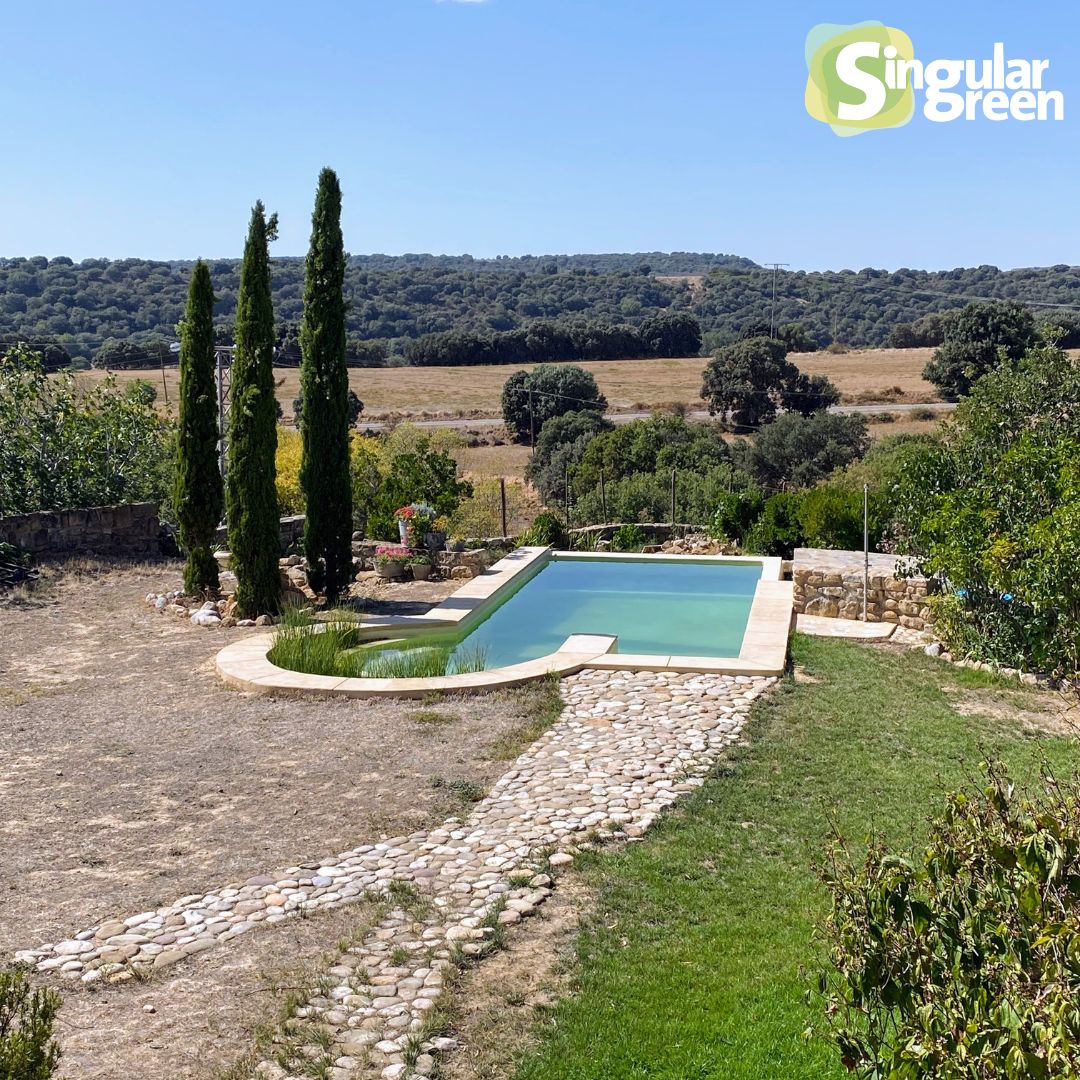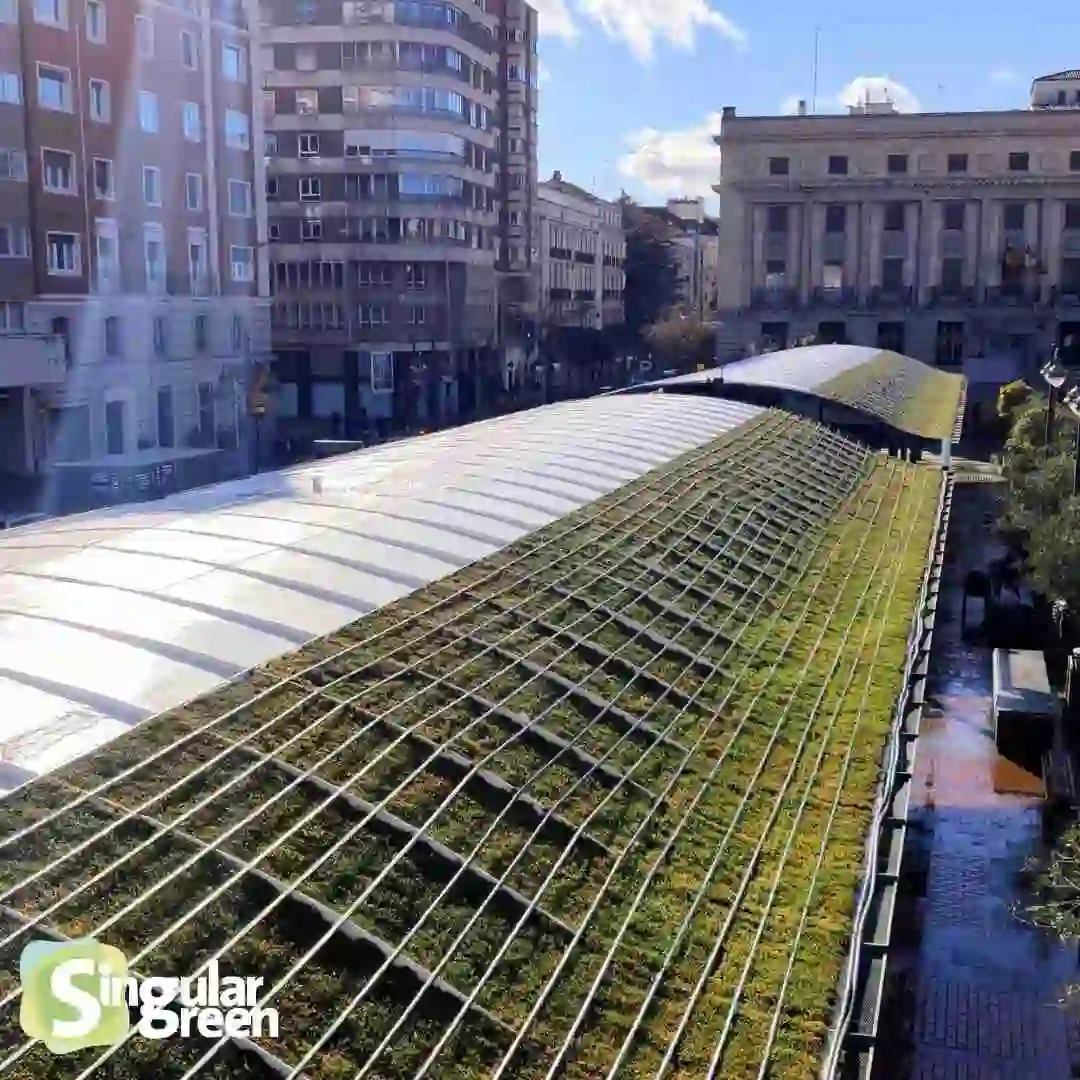Combining plants in gardens and containers may seem challenging, but with a careful approach, it is possible to create a vibrant and balanced green space.


A crucial aspect of achieving a harmonious design is understanding the needs of each plant: from its light and water requirements to soil compatibility and pH.
When plants are chosen and positioned correctly, you not only achieve stunning aesthetics, but also an environment where species can thrive together.
In my experiences with vertical gardens, I have encountered interesting challenges when combining plants with different requirements.
For example, in one of our projects, we faced the question of how to include acidophilic plants alongside species with more neutral pH needs.
The key thing we discovered is that while some plants prefer specific conditions, many can adapt if the general environment is conducive.
Key factors in combining plants with different needs
One of the most important factors when combining plants is the pH of the soil or water, as some species thrive in more acidic or alkaline conditions.
Plants such as acidophilic ferns may struggle if the water or soil is not acidic enough, but with proper care, it is possible to make them coexist with other species.
Basic tips for combining acidophilic and basophilic plants
In vertical gardens, for example, there are a variety of species that can be mixed if their needs are well understood.
I remember discussing in a course on vertical gardens how an acidophilic fern can grow in an environment with a pH of 7.5 if the conductivity of the water is low.
This balance in water quality allows plants to modify their immediate environment to access nutrients, making it possible for them to coexist with other plants that prefer a different pH.
Of course, not all plants have this ability, but in most cases, an intermediate range can be found in which different species adapt and thrive together.
As mentioned in the course, there is no ‘written rule’ on how to combine all species, but it is essential to observe their reactions to the environment we create.
Vertical gardens: Tips for combining plants of different pH levels
One of the main challenges in vertical gardens is to ensure that plants receive ideal conditions in a compact space.
Acidophilic plants often require special attention if they are placed next to plants that prefer more alkaline or neutral soils.
However, as I have already mentioned, water quality can make a difference. On one occasion, we found that an acidophilous fern, such as Adiantum, thrived in an area of Valladolid, where the pH of the water was 7.5, but the conductivity was low.
In contrast, in an area like Alicante, with a high conductivity of 600, the same plants struggled to survive.
Importance of pH and water conductivity in vertical gardens
Water with a neutral or slightly alkaline pH can be suitable for many plants, as long as the conductivity is low. This allows acidophilic plants, which normally prefer a lower pH, to adapt and grow in these environments. On the other hand, if the water is highly alkaline and has a lot of dissolved salts, acidophilic plants will find it difficult to modify the environment and absorb nutrients.
It is fascinating how the composition of the water can be such a determining factor in the combination of plants.
In my experience, I have learned that it is not only about choosing the right species, but also about providing them with the right environment, which in this case includes a water source of the right quality.
How does water quality influence the plant mix?
As I mentioned earlier, water quality is a critical factor when looking to combine plants with different pH needs. Although many plants can adapt to a wider pH range, if the water is of poor quality or has a high alkalinity, the nutrient uptake process can be compromised.
In a vertical garden we installed, we found that water with low conductivity allowed different species to coexist.
A Polystichum could coexist perfectly well with other species that, in theory, should have had problems with a higher pH.
This phenomenon is due to the ability of plants to adjust to the conditions of their immediate environment when the water is not oversaturated with salts.
Best species to combine in vertical gardens
If you are thinking of creating a vertical garden, I recommend that you do some research on the needs of each species.
Some plants that are often good to combine in these spaces include ferns such as Adiantum, which tolerate a wider range of conditions if the water quality is right. Also, plants such as succulents, which require little water and can adapt to different types of soil, are ideal to combine with other less demanding species.


Compatibility of plants according to their light and water requirements
In addition to pH and soil conditions, another key factor in combining plants is the amount of light and water they need.
In general, it is advisable to group plants that have similar requirements together to avoid some plants receiving too much water or light while others are deprived of it.
For example, it is common to combine shade-loving plants such as ferns with species that also prefer less well-lit areas, while succulents and cacti are ideal for sunny areas.
Conclusion
Combining plants, whether in vertical, container or outdoor gardens, is a process that requires attention and knowledge.
Through my experience, I have learned that water quality and the ability of plants to adapt are crucial elements for success. It is not just a matter of pH or following pre-set rules, we have to continually observe and adjust the environment to create a space where all species can thrive.







